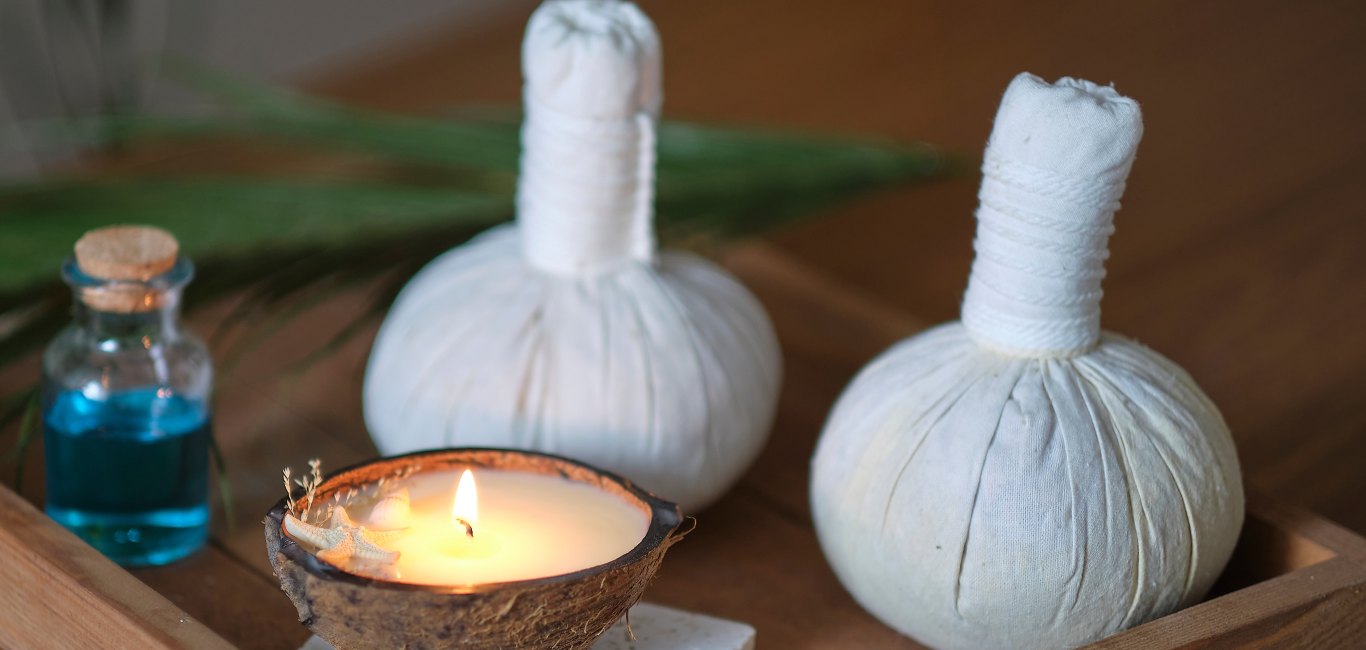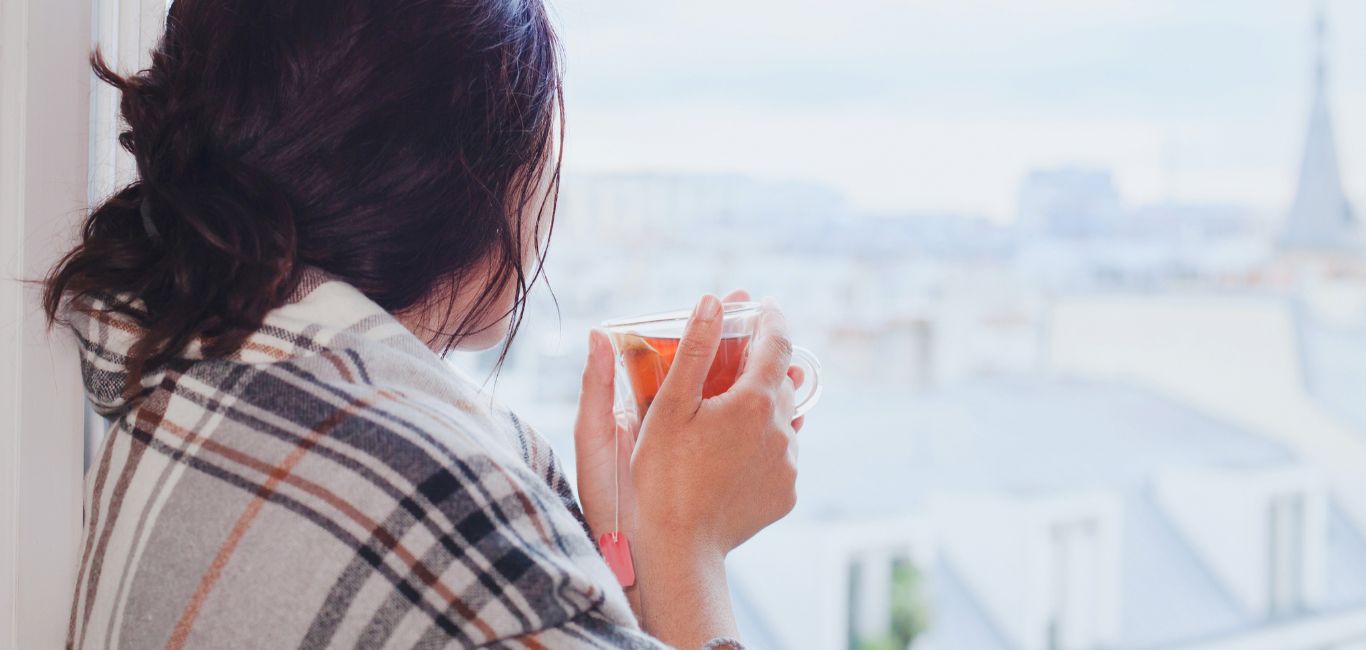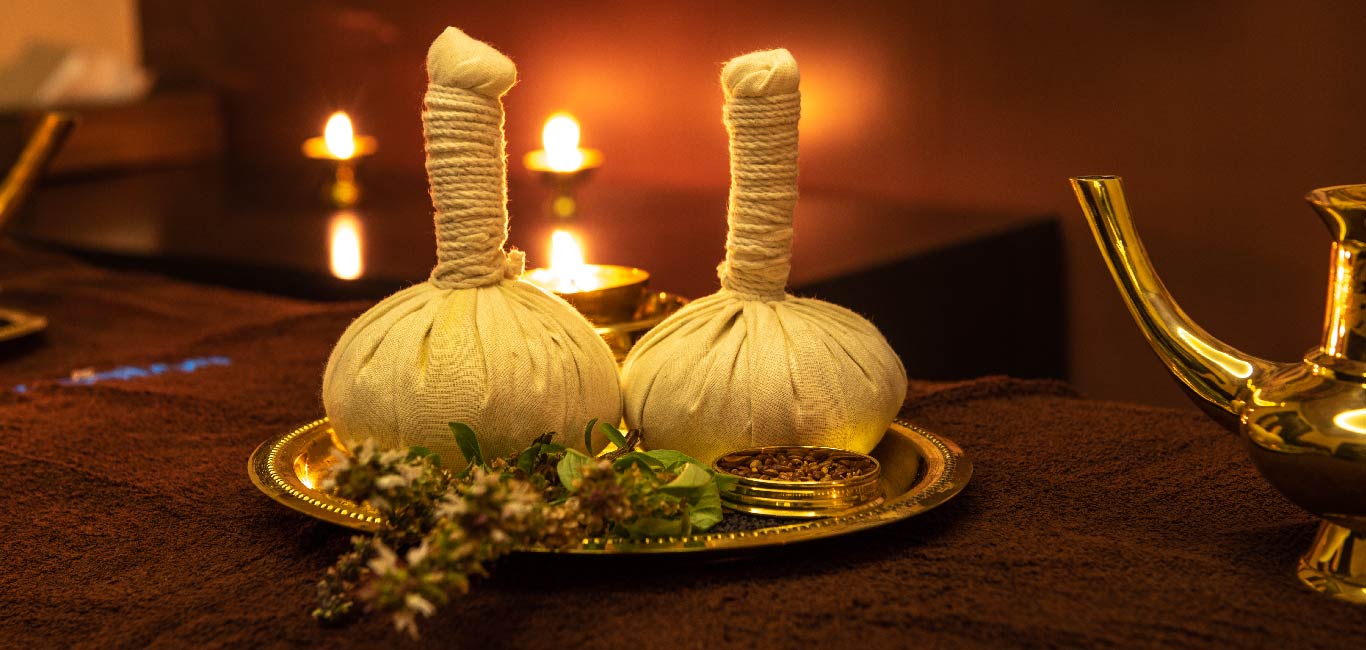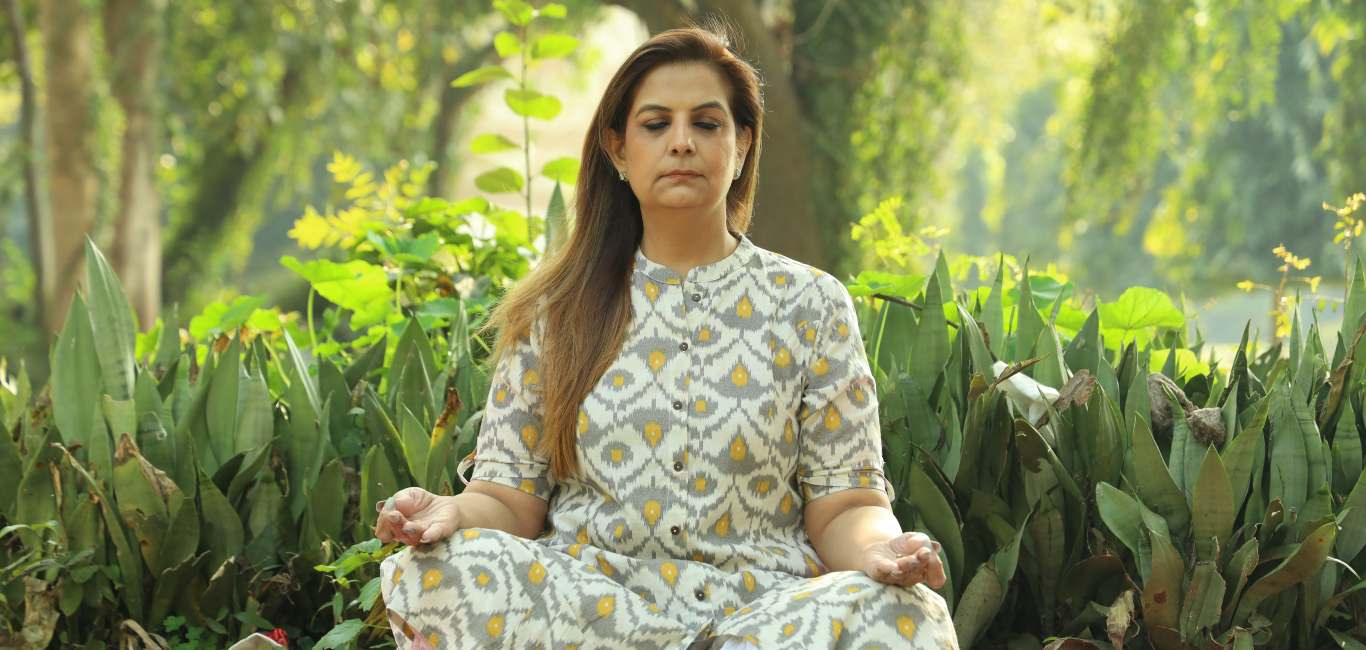
Akash S, IT professional from Rajasthan, started experiencing back pain after an expedition on his bike at a hilly terrain. “I spent weeks taking painkillers just to get through the day, but sleeping was still a challenge,” he says.
He underwent 14 days of ayurvedic therapy for back pain on his wife’s (an ayurvedic physician) suggestion.
“Based on my body’s dosha assessments, I was given a management plan of specific oil-based therapies such as abhyanga (oil massage), fomentation therapy and ayurvedic detox,” says Akash.
One among them was leaf pouch therapy or elakizhi that involves firm pressings using bolus or kizhi along with vigorous strokes of abhyanga over the body. “This fomentation therapy helped in muscle relaxation. After the first week itself, I was able to get through my day without medication and get some sleep as well,” he adds.
What is leaf pouch therapy
Elakizhi, or herbal leaf pouch therapy, is an ayurvedic fomentation therapy in which a pouch filled with herbs or poultice (a soft moist mass of herbs) is heated and applied on the body. The warm poultices are used to massage specific parts of the body to stimulate perspiration which help reduce inflammation, pain, and stiffness.
The herbal pouch is wrapped in natural cloth like a “dumpling” called kizhi in ayurveda. It is then heated up to a preferred temperature (to a point where the heat is bearable). It is then dipped in warm oil and gently massaged across the body or specific body parts.
This process is carried out by an ayurvedic therapist. However, one should always consult an ayurvedic physician before undergoing pouch massage as each condition requires specific type of herb, oil, and method.
“The purpose of the therapy is to absorb the medication from the poultice and induce sweat by activating the sweat gland,” says Dr Mithun Mohan, associate professor, Adichunchanagiri Ayurvedic Medical College and Hospital, Bengaluru. The herbal pouch therapy is recommended to balance the vata dosha (air element) and generally not advised in predominantly pitta imbalances (fire element).
Aromatic herbal pouches of earthy goodness
The pouch contains fresh and dried herbs, that are carefully chosen based on one’s ayurvedic constitution and the health condition. “The therapy uses herbs like tamarind, moringa, calotropis, castor leaves, garlic and powders like desiccated coconut, turmeric, lemon and rock salt,” says Dr Namrata Thakur, Panchakarma expert, Dhanwantari Ayurveda, Andheri East, Mumbai.
The leaves are cut and cooked with other spices (fenugreek, turmeric, lemon etc) and oils . The roasted mixture is then tied into a bolus. Ideally, the ends of the cloth should form a handle that can serve as a handgrip when the bolus is tied.
Benefits of warm pouches and herbal oils
“Herbal pouch therapy helps with strengthening the muscles. It is also recommended when one is on a weight loss programme to tone the muscles,” says Thakur. Leaf pouch therapy is advised for the following conditions:
- Pain and inflammation
- Muscle spasm
- Cervical and lumbar spondylosis
- Back pain
- Frozen shoulder
- Musculoskeletal pain
- Chronic sports injuries
- Stress, anxiety, and insomnia
What goes in the therapy sessions
During therapy, one lies on a massage table and is given an ayurvedic massage with oil. The therapists then apply the bolus directly onto the pain point. To maintain the temperature, medicated oil is poured in a pan and heated on a low flame. A few prepared boluses are dipped into the warm oil and massaged over the body for fomentation.
Dr Thakur says, one should rest and avoid cold foods after the session. The time taken for one therapy session is about 60 mins. The course of the whole therapy may vary from 7-14 days depending upon one’s health condition.
How it works
According to Dr Mohan, applying heat and pressure helps the muscles to recover and boosts blood circulation. Besides, it is considered good for relaxation and for relieving stress and anxiety.
What does the research say
According to a review published in the Use of Physical Agents in Hand Rehabilitation, the proposed benefits of therapeutic heating include vasodilation or increased blood flow, decreased pain, increased tissue extensibility, and decreased muscle tension. A good healing temperature (which depends on the climate, individual’s skin type, and health condition) acts as a thermal stimulator and reduces the sensation of pain in the affected area.
Caution ahead!
People with any kind of skin sensitivities, allergies, and skin inflammations should not undergo this therapy. Those with high blood pressure and diabetes, pregnant women and lactating mothers should also avoid it.

















